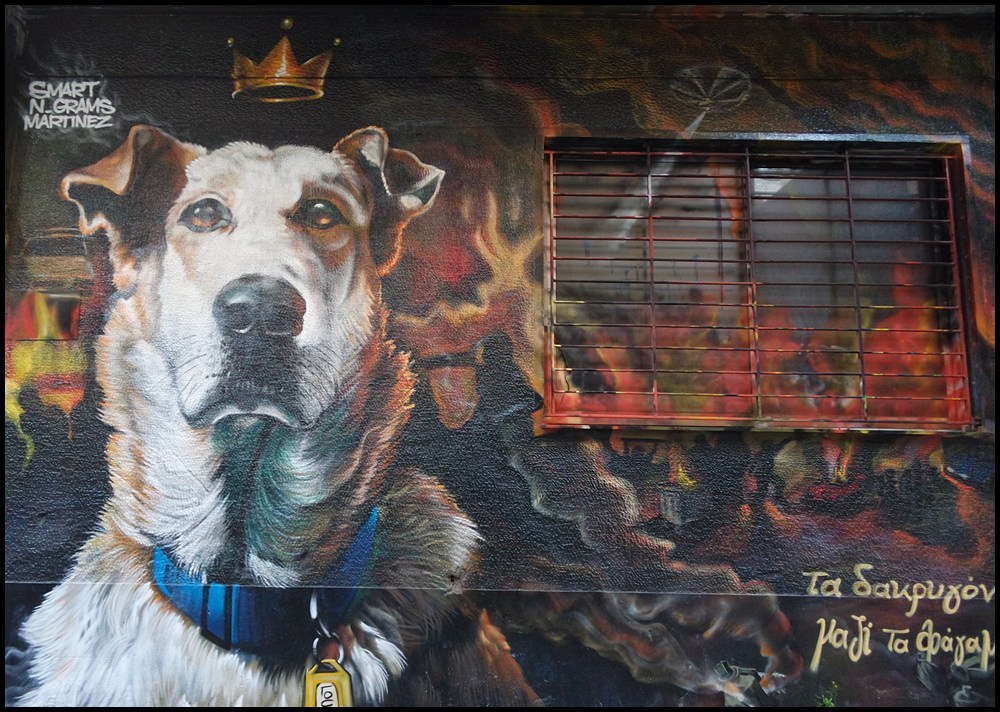
This website uses cookies so that we can provide you with the best user experience possible. Cookie information is stored in your browser and performs functions such as recognising you when you return to our website and helping our team to understand which sections of the website you find most interesting and useful.

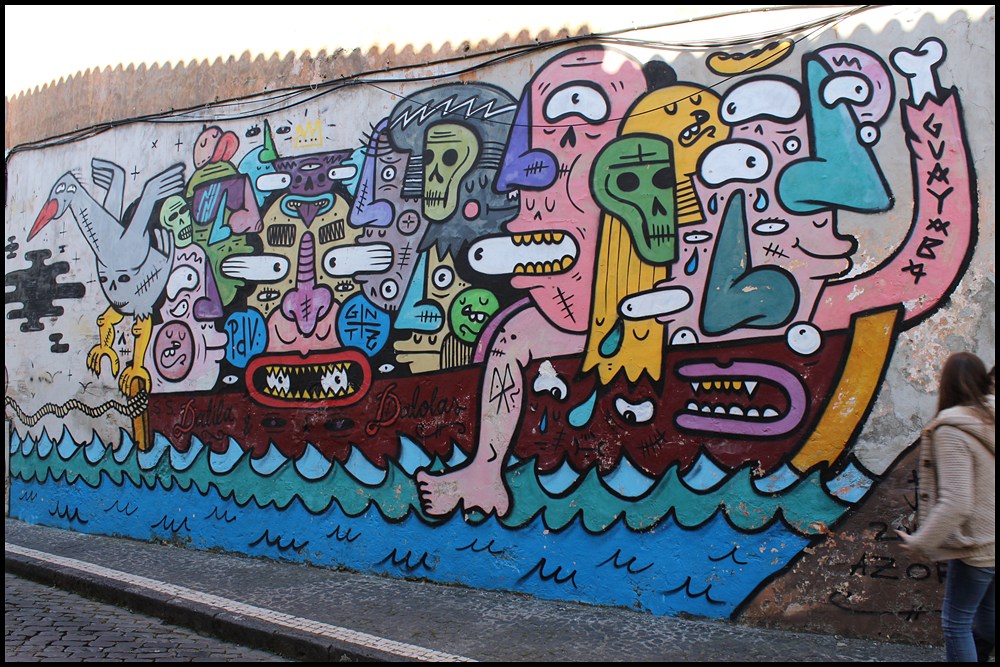
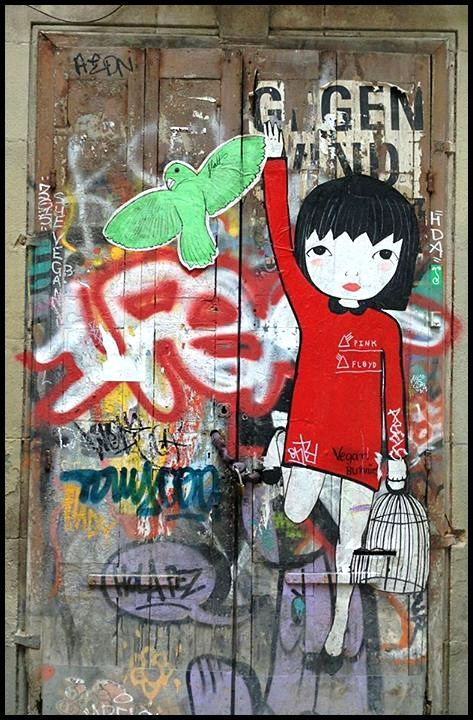
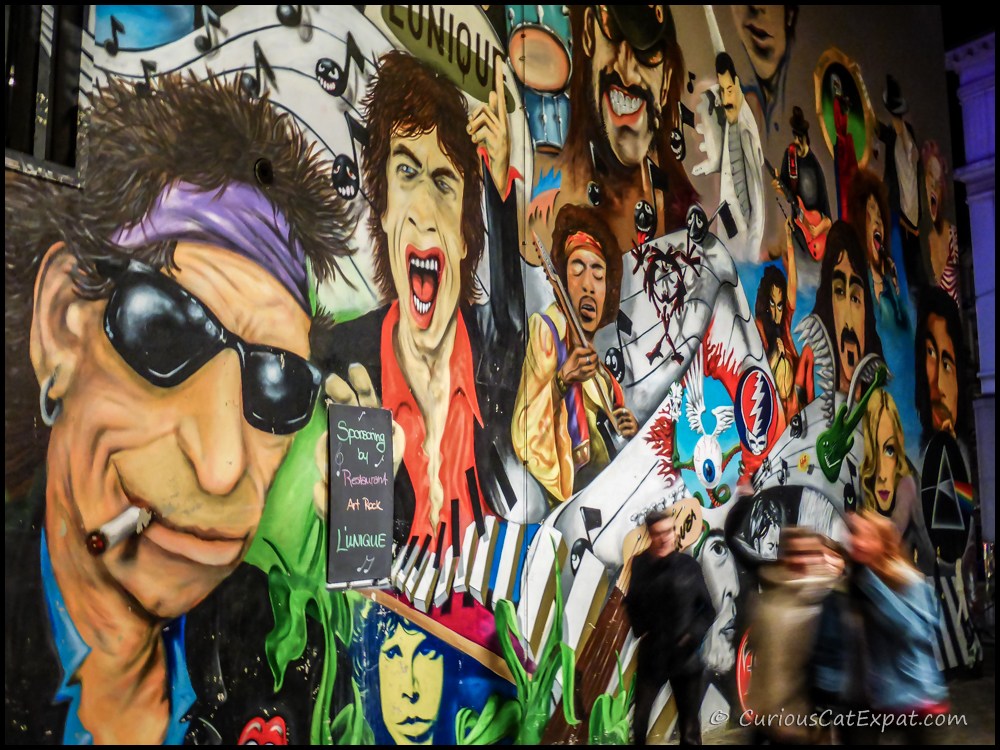

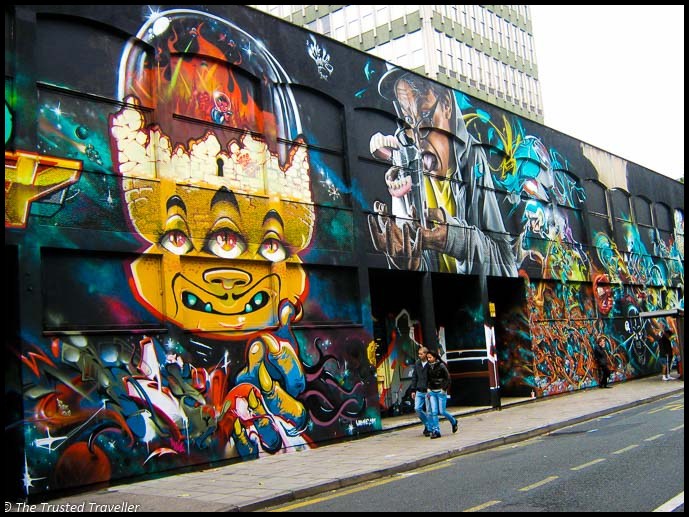
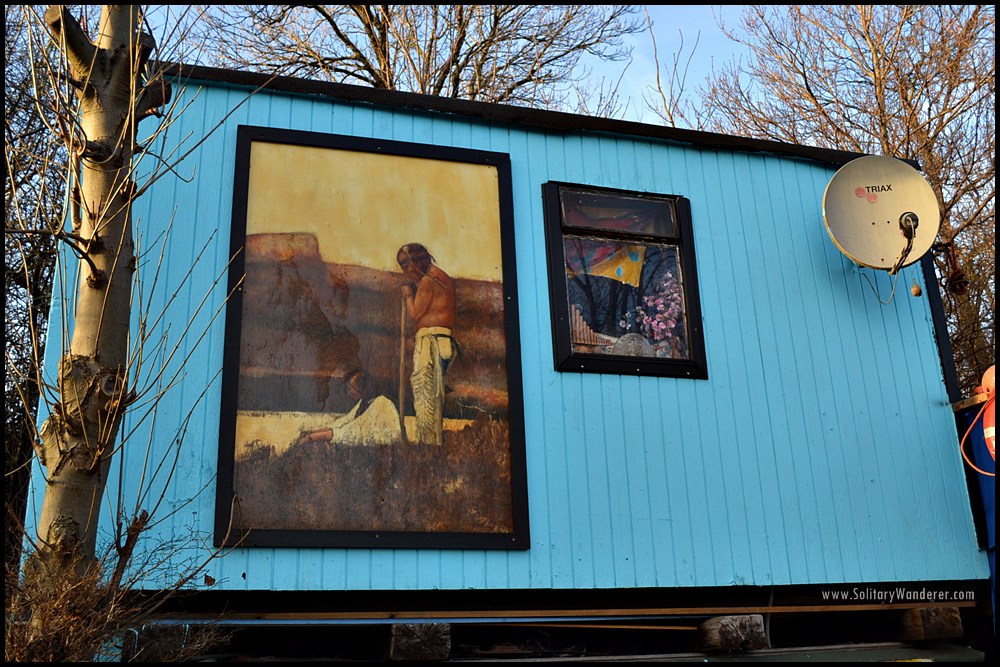
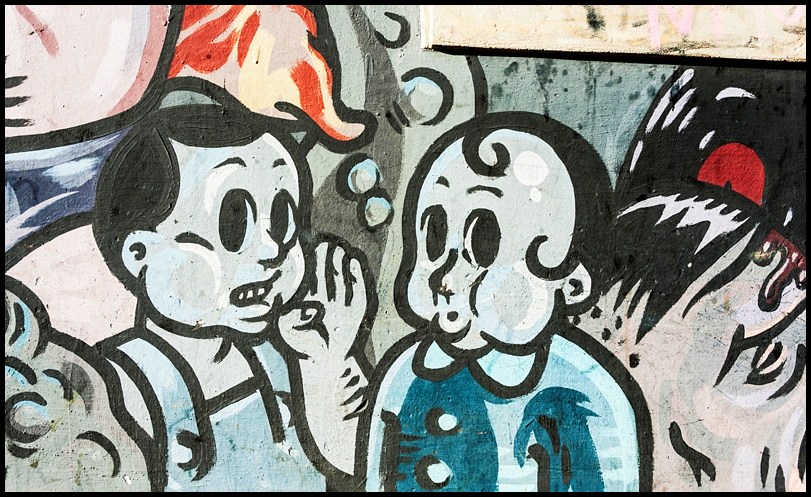
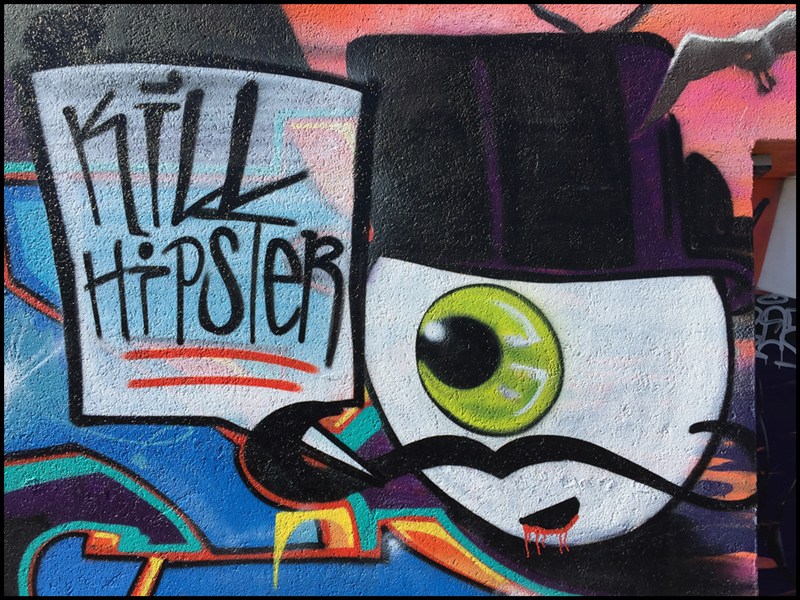
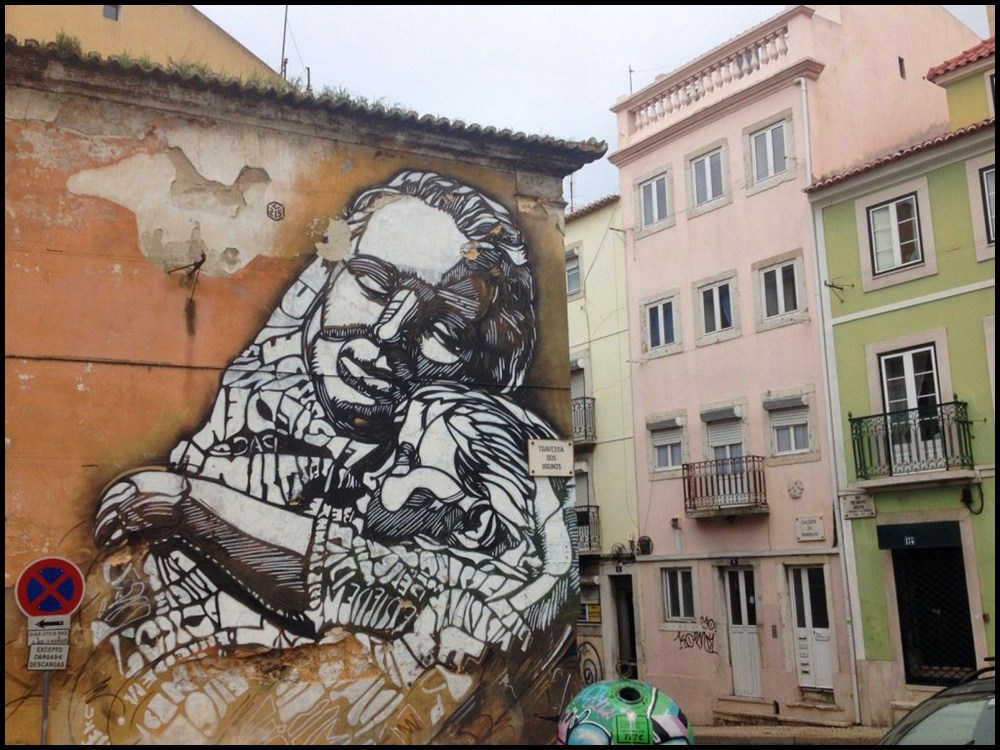
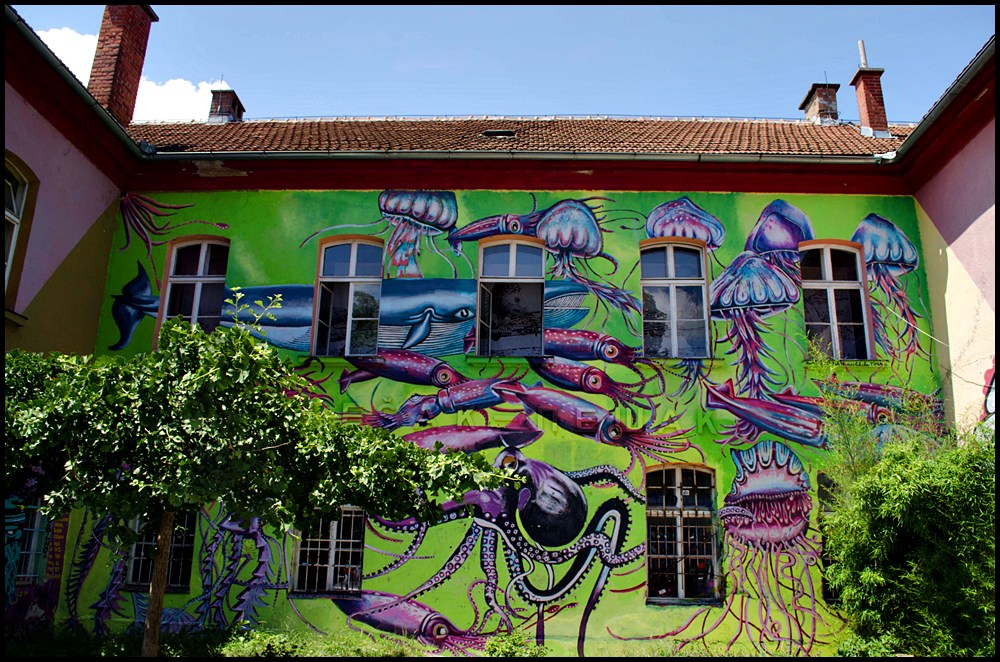
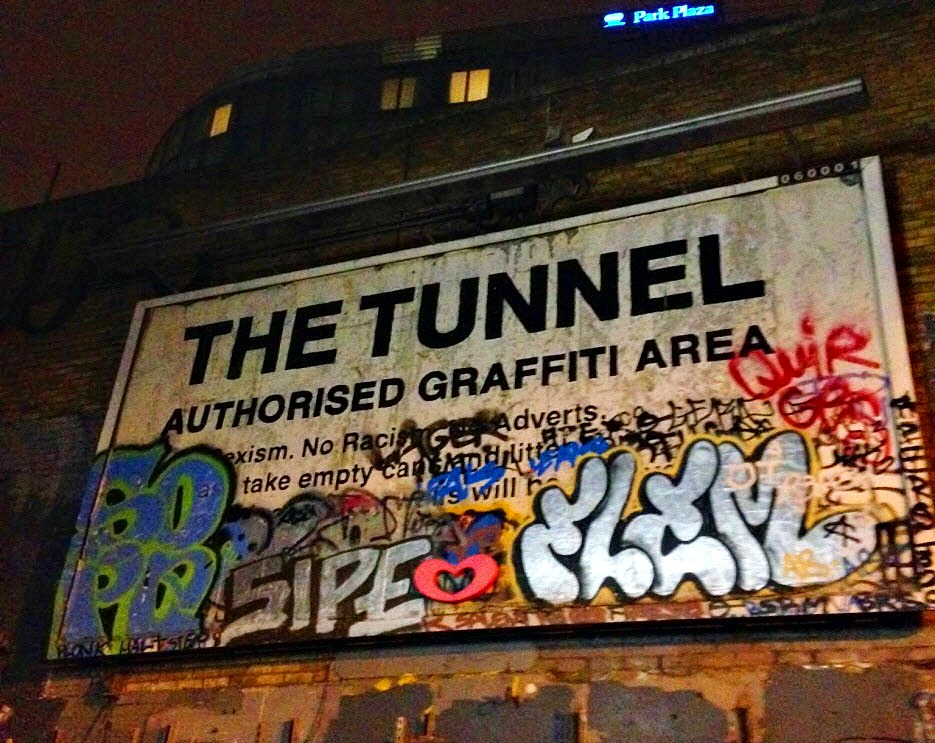
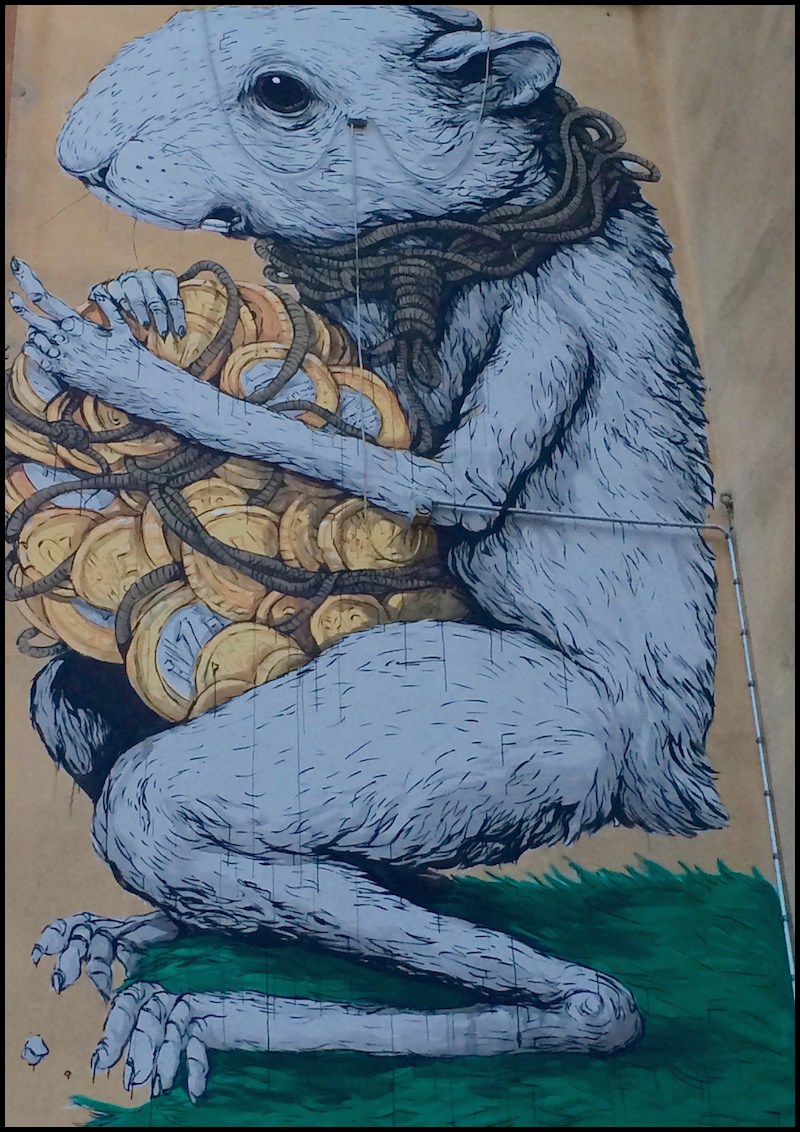
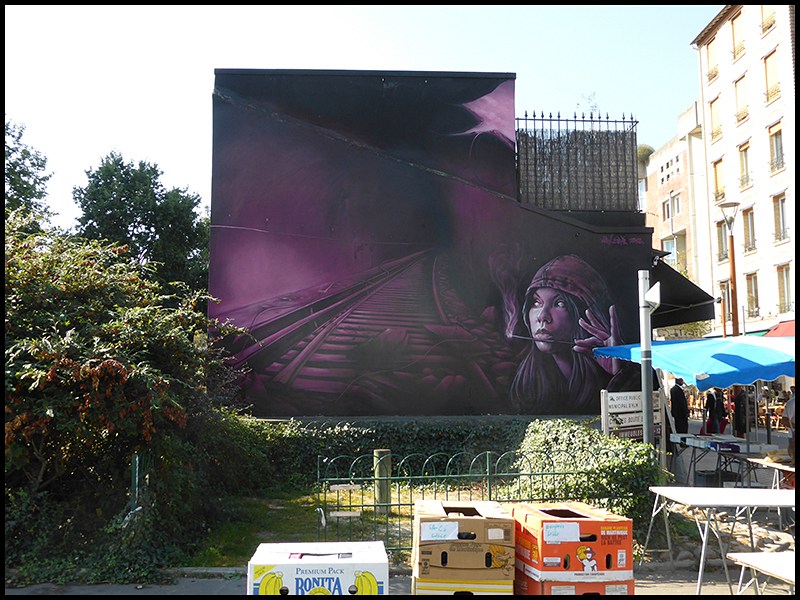
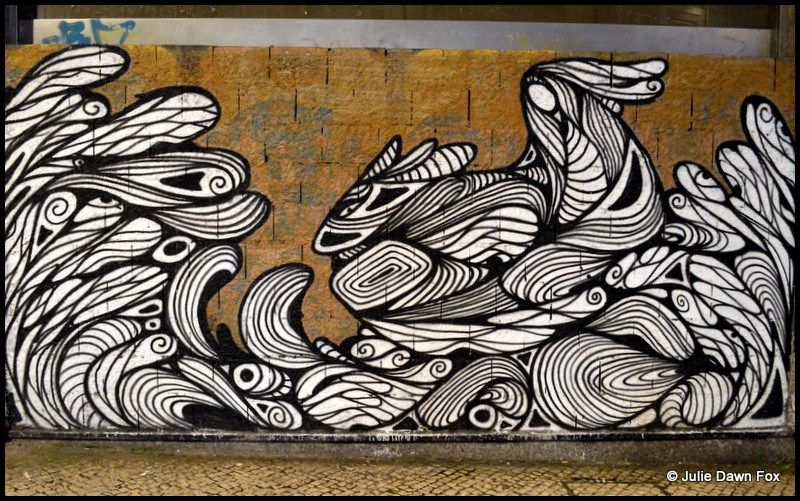
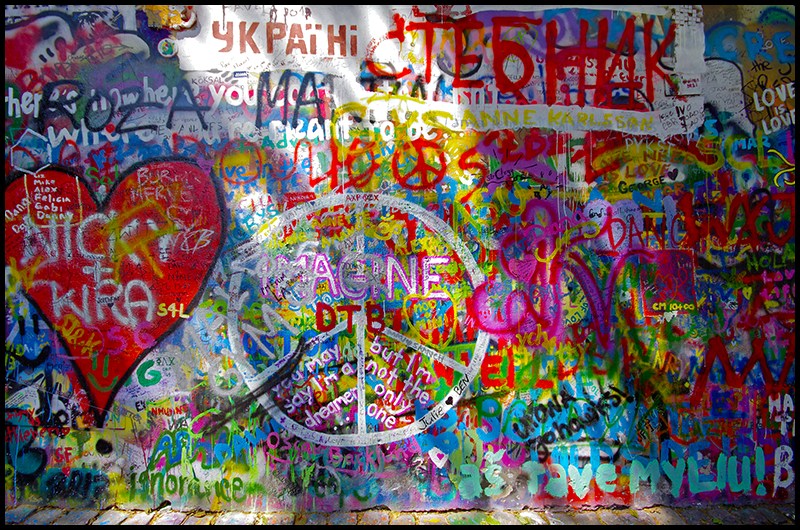
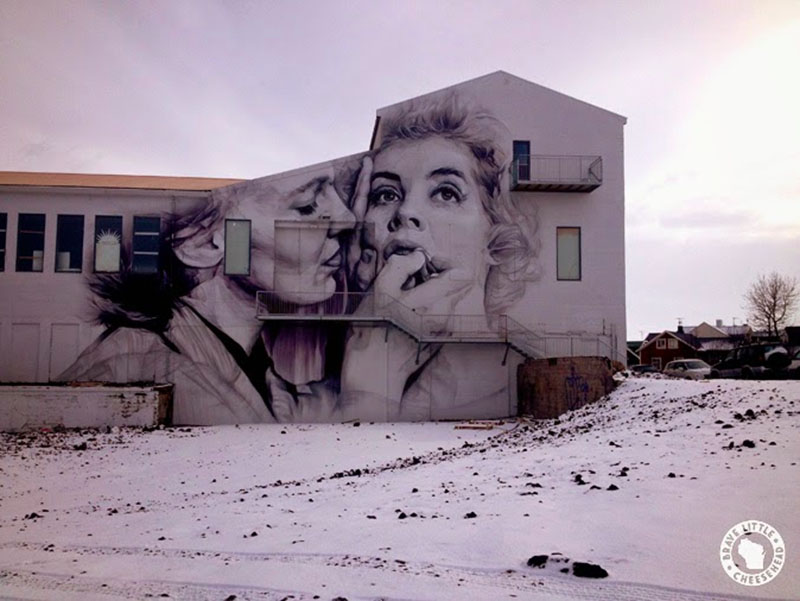
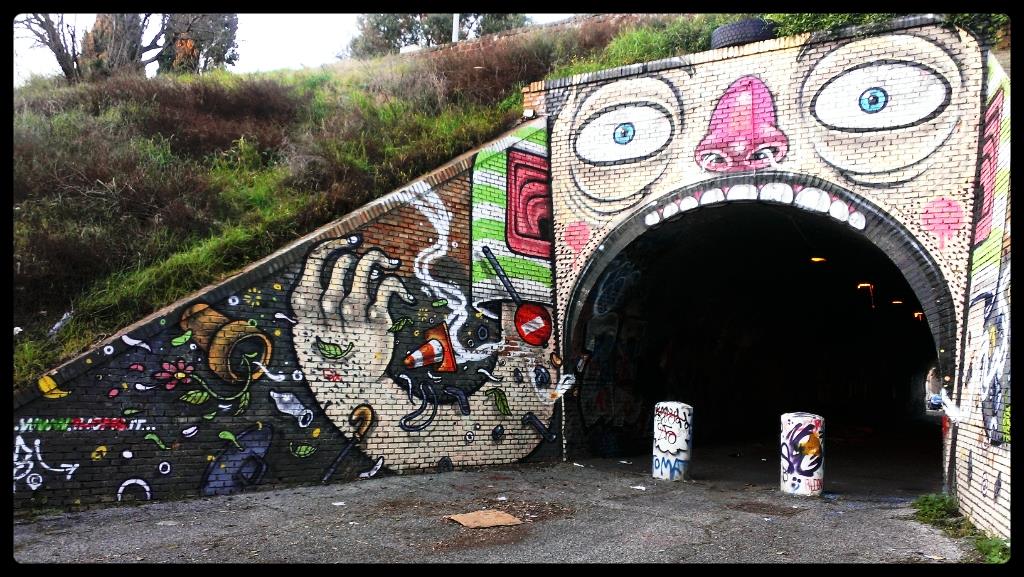
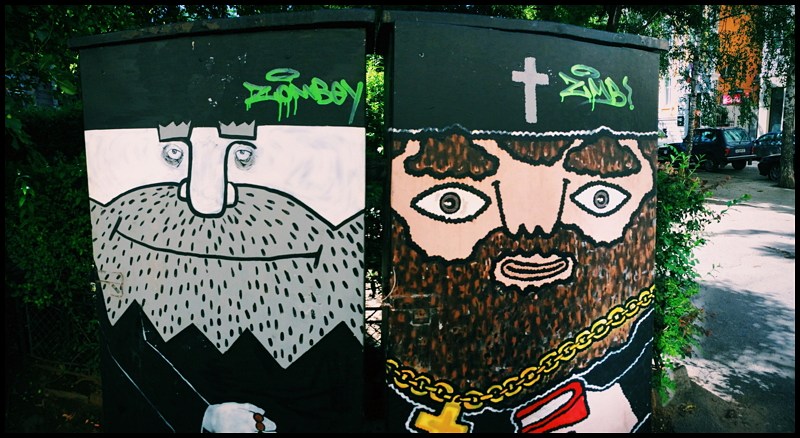
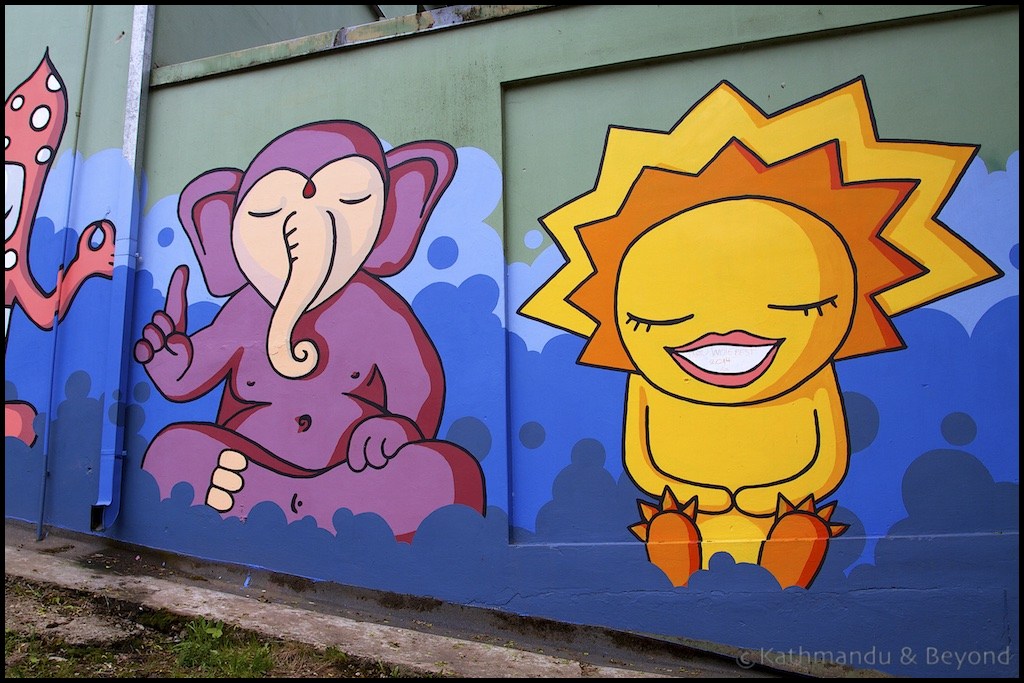
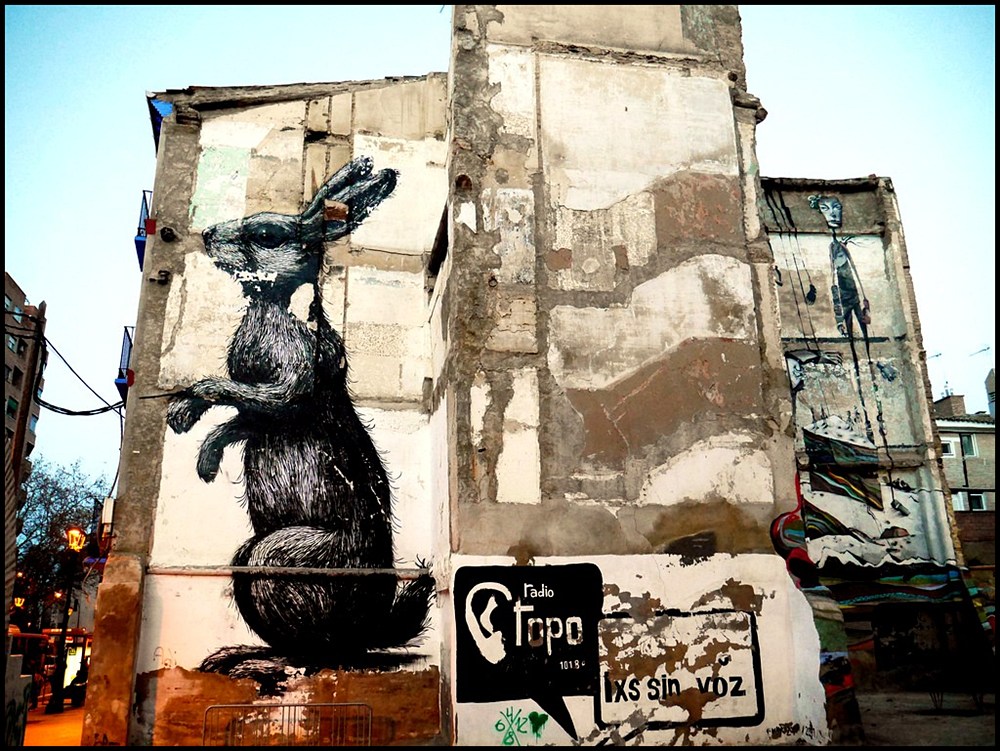

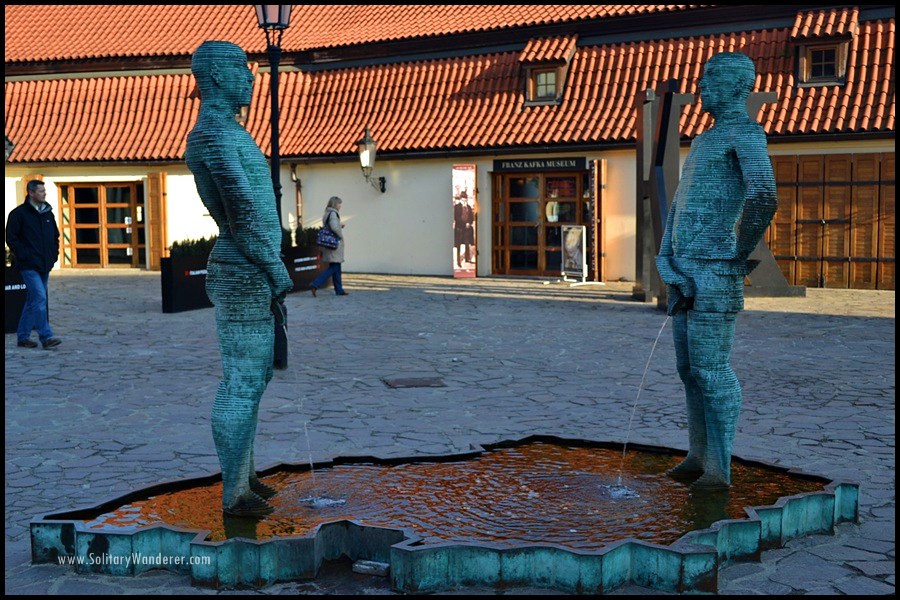
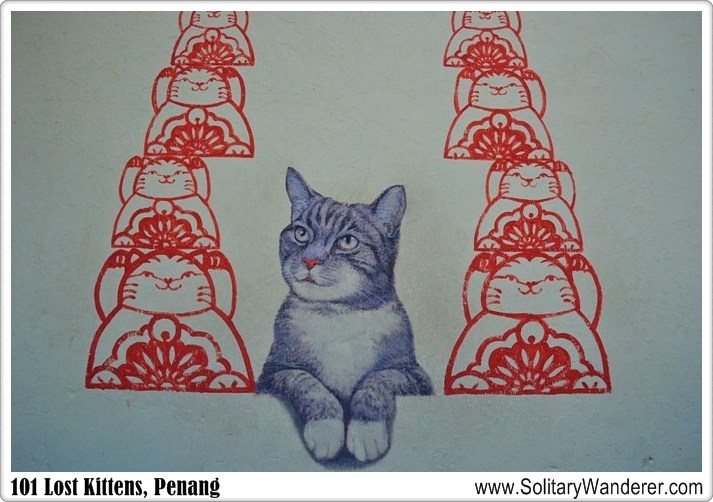

13 Comments. Leave new
Excellent overview! I am always interested to see more street art crossing my path and your post has surely given good ideas where to find more street art in Europe. My favorite European city for street art still is Berlin, although the street art in some smaller cities like Ghent and Montpellier is also excellent.
I love all of the street art featured here, and it is good to know that most cities are on board. Thank you for allowing us to be a part of it.
Wow, quite a post you have here. I love street art and the only one I have seen is the one from Berlin. I would look for those art when I travel next time. I know in San Francisco the whole mission district is covered with great street art.
Another cool series begins! If you ever need anything stateside, San Fran is famous for its street art so just holler and I’d be happy to contribute.
Love this collections of street art and the stories. I always enjoy walking around a city to take in the graffiti and street art – outdoor art galleries that are always open 🙂
I’m so glad Bristol made it to the list. I went on a street art walking tour this past Sunday and all the pieces were unbelievably beautiful. Also, it was a pleasure to find out about the street art in Modena.
Nice Street Art, We are always taking photos of street art as we come across them on our adventures. One city that had tons of good art was in Georgetown, Malaysia.
This is such an informative post, so much to learn here about the artwork and the history behind what we see in these stunning works.
You are awesome !
Aww! You didn’t ask me. I would have given some from my country as well. 🙂
All of them are very good, giving nice competition to each other.
Nisha! This is only for Europe. I’m coming out with another post on street art in Asia in June. Please feel free to contribute!